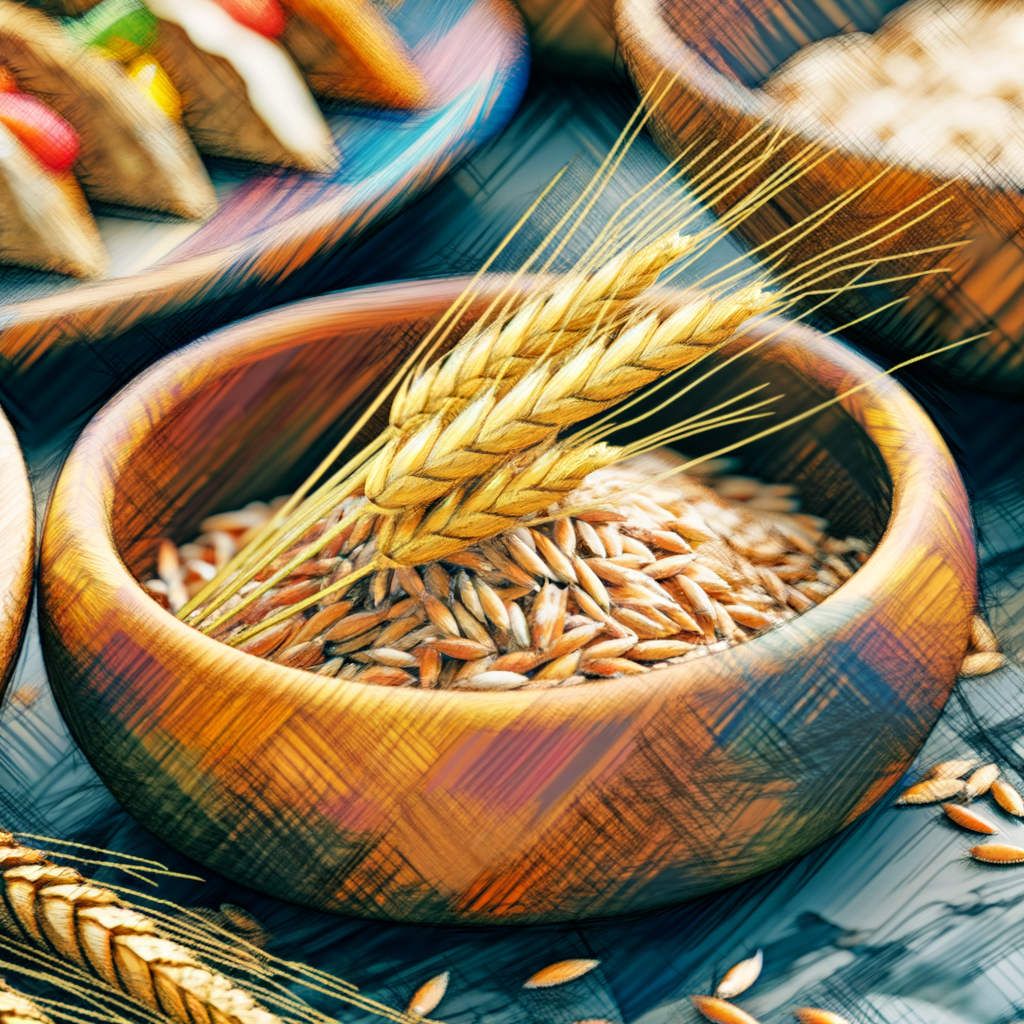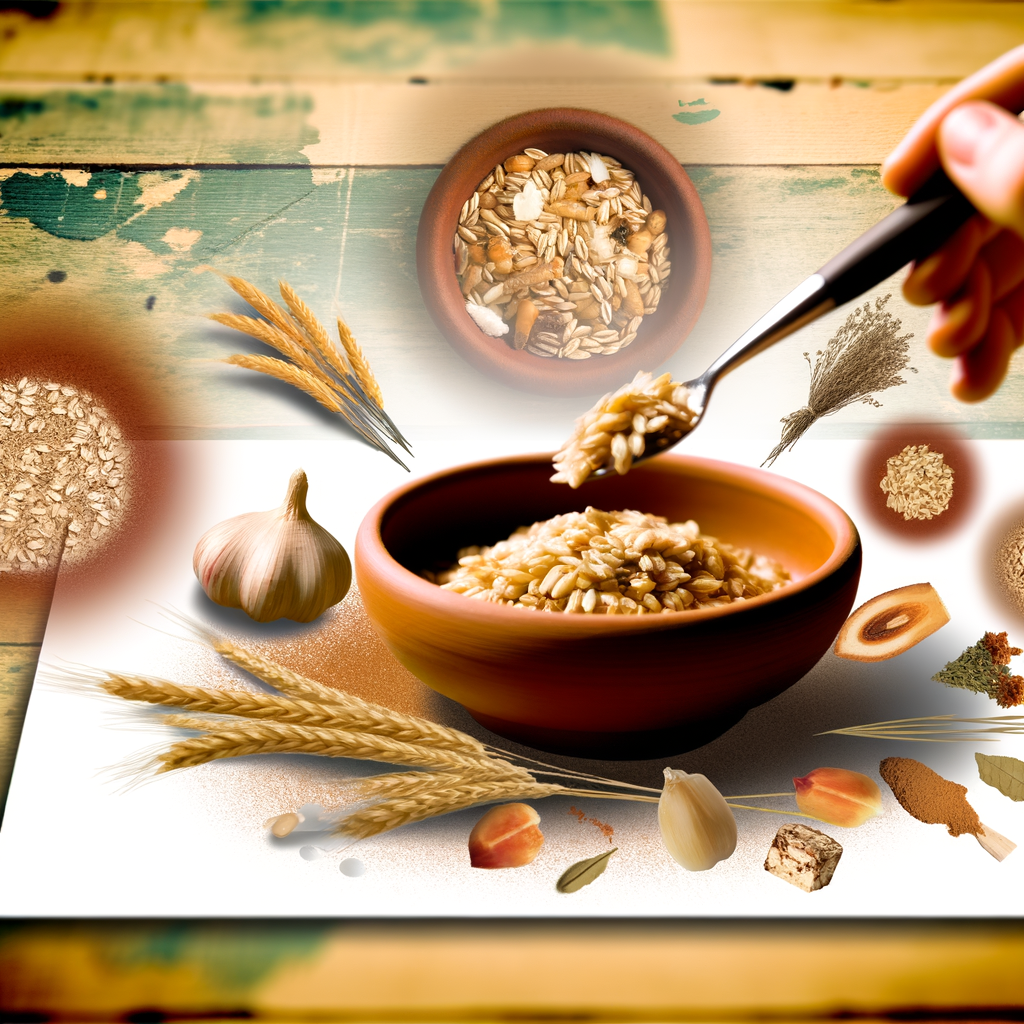Grains are an essential ingredient in European cuisine, adding depth, texture, and nutrition to many beloved dishes. From breads and pastas to hearty stews and soups, grains play a starring role in the culinary traditions of this continent.
One of the most common grains used in European cooking is wheat. Whether in the form of flour for baking or pasta-making, or as a hearty addition to soups and stews, wheat is a versatile and nutritious grain. It also serves as the base for many traditional European breads, such as baguettes, ciabatta, and sourdough.
Another popular grain in European cuisine is barley. This hearty grain is often used in soups and stews, adding a rich and nutty flavor to these dishes. It is also a key ingredient in many traditional Scottish and Irish dishes, such as haggis and colcannon.
Rice, although not native to Europe, has become a staple in many European diets. From risotto in Italy to paella in Spain, rice is a versatile grain that adds texture and flavor to a wide range of dishes. It is also commonly used in desserts, such as rice pudding.
Finally, oats are a beloved grain in Europe, particularly in the form of porridge. Oats are a nutritious and filling breakfast option, and can also be used in baking and as a topping for desserts. In Scotland, oats are even used to make a traditional dish called haggis.
As an expert chef, I can attest to the magical qualities of grains in European cuisine. They bring heartiness, flavor, and nostalgia to our dishes, connecting us to our culinary roots and evoking cherished memories. So next time you savor a bowl of rich stew or bite into a warm slice of bread, remember the humble but essential role that grains play in European cooking.





